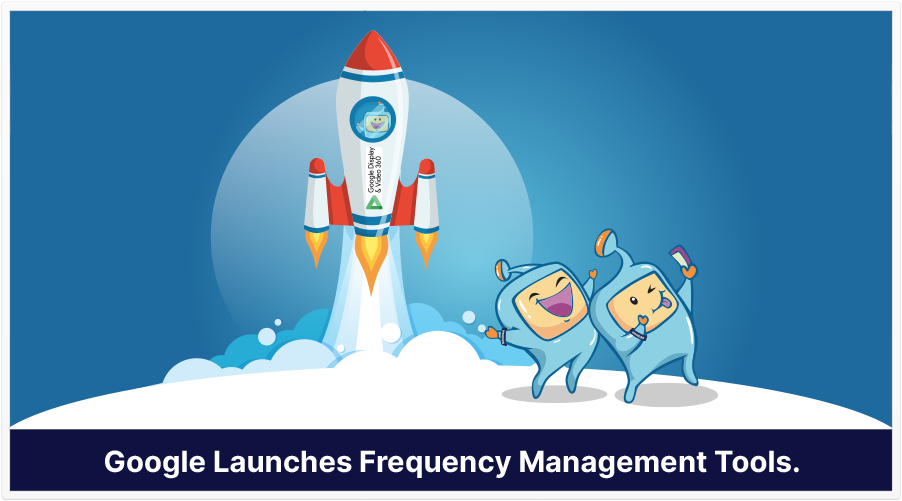
When it comes to advertising (and business in general), there’s one crucial metric that’s weighed as highly as any other: ROI, or return on investment.
And, not only do you want a positive ROI, but you want it as positive as possible, and ideally, you want it to be multiple times what you spend in advertising.
However, within the realm of advertising, doing that can be a challenge.
You have a limited advertising budget to manage and perhaps a limited amount of time to show results with that budget. (Speaking of time, it can take time and a bit of trial and error to maximize a campaign’s results.)
You also know that, with advertising, there may be viewers who can see an ad a limitless number of times, but for whatever reason, may not respond.
But, you may be paying for those extra views that aren’t getting a response.
Wouldn’t it be great if you can stop showing your ads to those who don’t respond–or, at least limit the number of times your ads are shown to someone?
If you could do that, you could minimize losses, which would contribute to a positive ROI.
With Reach and Frequency Metrics, It’s Easier to Hit Your ROI Goals
Well, Google just announced another way you can do that. In fact, Google found that, when Display & Video 360 customers were managing the number of times their ads were shown, their customers saw a 6% reach gain.
With this announcement, there are 2 tools, or capabilities, that Google describes:
#1: Dedicated Data Visualization
The best example of this is seen at Google’s blog post, but basically, you can set a frequency goal (and by frequency, I mean pertaining to the number of times your ads are viewed) across multiple channels, set at the campaign level.
So, you can have multiple frequency settings for each campaign you run.
In real-time, as well.
If, for example, you’ve started a new test campaign, you can possibly set a high frequency goal for that campaign. That way, you can hopefully get a lot of test data and use that data to decide whether this demographic responds to your ads, or make decisions that will guide future campaigns.
#2: Extra Reach Calculation
If you’re familiar with the Display & Video 360 platform, you’ve probably heard of Programmatic Guaranteed deals. In short, Programmatic Guaranteed deals are an almost hassle-free, automated way to execute direct buys with publishers, without having to manually set tags and do most of the other tasks that accompany traditional direct buys.
Anyway, with the most recent announcement, Display & Video 360 can now calculate the extra reach you may get for each of your Programmatic Guaranteed deals. This is another hassle-free way to get some sort of foresight into your projected ad spend.
All This, Without Reliance on Third-Party Cookies
You probably know that cookies (bits of data that websites usually store on your browser or device) have been coming under regulatory restriction, so much so that many feel that, in a few years, their use may be a fraction of what they are now.
Well, the good news is that Google stated that the above-mentioned features are functional, even in the absence of third-party cookies. This is good, because it’s another step to ensuring user privacy.
If you haven’t heard of connected TV (CTV) advertising, and you have a bit of a budget (enough to record small professional videos), you may wish to consider Display & Video 360, as it’s a great way to expand your reach.
Source: blog.google.com